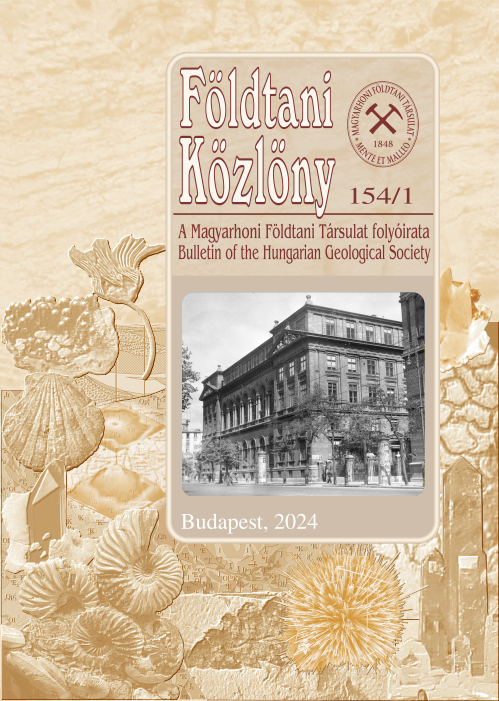A római kori környezetre utaló üledékföldtani, talajtani és malakológiai adatok az egykori Óbudai Gázgyár területéről
Abstract
Sedimentological and pedological observations and malacological investigations were carried out on the material exposed by archaeological excavations in the area of the former Óbuda Gas Factory (now Graphisoft Park). Alluvial facies of the ancient Danube and the overlying sand dunes were identified. Pre Roman gravelly channel fill and - to the NW - point bar, levee and flood plain sediments of the river were detected. Overlying the alluvial sediments also eolian sands and interfingering buried soils were exposed in part of the excavations. Based on our observations, the following palaeoenvironmental reconstruction was attempted: at the beginning of the Roman occupation, there was a topographic depression on the study area. This depression could have been inherited from the probably rather dissected Pleistocene surface and it might have developed as an abandoned channel. Due to gradual fill-up and drying, later on, as a result of land-surface stabilization the former abandoned channel and the surrounding flood-plain sediments served as a good substratum for the development of a Chernozem type soil and for land use.
The area, outside the Roman city wall, was used as cemetery for three centuries (1st to 4th century AD). Based on our results some shifting sand dunes may have existed already during the Roman period but the majority of the eolian sands
were deposited after the end of Roman occupation (late 4th – early 5th century AD) Incision of the Danube into its own alluvium apparently contributed a great deal to improved drainage of the former flood-plain and thus to soil formation on its surface which therefore became favourable for variegated land-use by the Romans.
Young faults associated with water-escape structure and soft-sediment deformation were observed in the alluvial sediment. These structures are interpreted as seismites induced by a palaeo-earthquake some time after the Late Pleistocene but probably before the birth of the town of Aquincum.











